Caring for airplants
Airplants or Tillandsias require warmth, air, water and light. These plants are robust and require less attention than other houseplants, but because they grow differently they need some special care.
Temperature
Air plants enjoy temperatures above 12°C up to a maximum of 30°C if humidity is high.
Light
Air plants enjoy bright but gentle light, so provide shade from direct sunshine especially in spring and summer. South-facing rooms are ideal, especially kitchens and bathrooms, but remember to place the plant behind a blind or net curtain so they are not damaged by direct sunlight. Air plants need natural light so they can colour – the more light the better
the colour.
If growing your plants in an environment with artificial light then full spectrum fluorescent lighting is best. You can also use halogen and grow lights.
Watering
When growing your plant indoors, because the air is dry you will need to put your plant in water for 2–3 hours every other week. Do this by completely covering the plant in tap water or filtered water at room temperature. Rain, pond and aquarium water work well too. When removing the plant from the water turn it upside down, gently shake and allow it to dry out almost completely before placing it back into the display pot or surface. It is better to water in the morning then at night as airplants absorb carbon dioxide at night
Air plants cannot get water from their roots like other houseplants, or draw on internal reserves like a succulent. Like other houseplants, air plants’ leaves begin to curl more than usual or even turn brown as a sign that they require more watering. Remember, however, if you over-water your air plant, like many plants, it will die.
Humidity
The higher the humidity in the environment the air plant is being stored in, the more light it can tolerate. We would recommend using misting once or twice a week to provide adequate humidity.
An environment with good air circulation is also important to prevent fungal problems.
Feeding
Feed once every 4-6 weeks using a fertiliser suitable for orchids (tillandsia and orchids are both low nutrient requiring plants). Dilute with water at recommended rate for orchids & mist the plant until it is wet. Then allow to drain.
Flowering
Air plants may bloom from mid-winter through to late-summer, with each plant flowering just once in its lifetime. The flowers can last from several days to many months depending on the species, care and environment.













